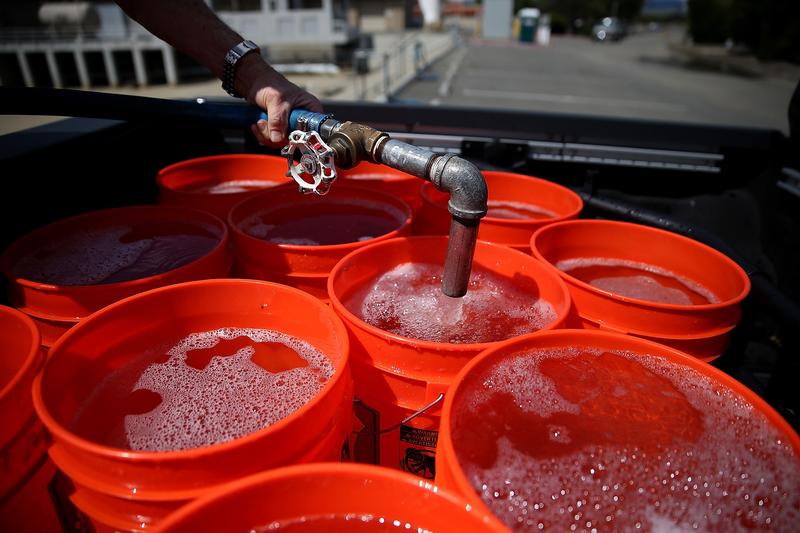
California governor Jerry Brown has announced unprecedented measures to compel residents of his state to reduce water consumption. But as California’s cities face mandatory cuts in water use, millions of pounds of thirsty crops like oranges, tomatoes and almonds continue to stream out of the state and onto the nation’s grocery shelves. Farmers are drilling wells at a feverish pace and pumping billions of gallons of water from the ground, depleting a resource that was critically endangered even before the drought began. Nelson Schwartz, economics reporter for The New York Times, and Haeyoun Park, graphics editor for the national edition of The New York Times, discuss the situation. They both are contributors to the New York Times series, “The Parched West.”
